Delta UPS uninterruptible power supply basic conditions
Published:2023-01-12 16:27:41
1. Visually inspect the UPS and battery (or other energy storage) equipment for obstructions and properly cool the surrounding area.
2. Ensure that there is no abnormal operation or warning on the UPS panel, such as overload or battery overdischarge.
3. Check whether there are traces of battery corrosion or other shortcomings.
4. Consult the manufacturer's equipment guidelines and recommendations. You should enforce protection (or hire a professional to do so) as often or at least in some cases as the manufacturer claims, but the more often the better, of course.
5. Recognize that the UPS component will cause problems. It seems obvious that anything that might go wrong will go wrong. Key UPS components, such as batteries and capacitors, will kill in the normal use of the state, so even if your utility program provides perfect power, your UPS room is completely clean, in the appropriate stable temperature, everything runs under ideal conditions, components will still have problems. Your UPS system still needs to be protected.
6. Know who to call when you need service or repairs on an irregular schedule. Something may go wrong during the daily or weekly viewing, or it may not wait for the next scheduled protection. In this case, knowing who to call can greatly reduce stress. In other words, you need to identify solid service providers who can provide services when you need them. If you keep excellent repair records in the same location as the UPS, you will be able to provide useful information when the supplier arrives, potentially saving a lot of service time and service charges.
7. Assign tasks. "Shouldn't you have checked last week?" "No, I think you should." Avoid this mess: Make sure the proper people know their responsibilities when it comes to UPS protection.
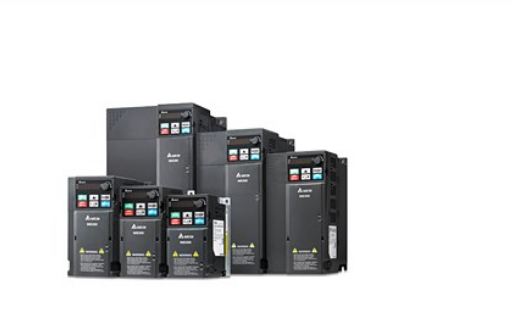
-
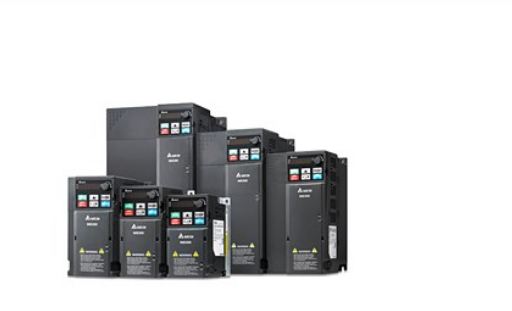 202301-12
202301-12Delta UPS uninterruptible power supply basic conditions
1. Visually inspect the UPS and battery (or other energy storage) equipment for obstructions and properly cool the surrounding area.2. Ensure that there is no abnormal operation or warning on the UPS ···
-
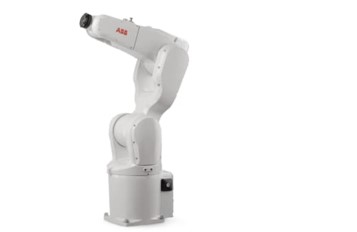 202304-28
202304-28The ABB robot restores the UAS management permission
When managing user rights in the User authorization system, do not deselect UAS Settings for all user groups. If you deselect, no one has permission to manage users and groups, and you will not be abl···
-
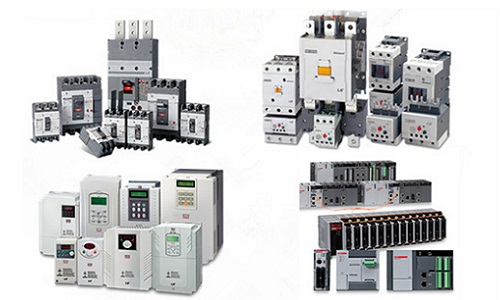 202307-07
202307-07LS PLC use introduction
1, for switching quantity controlThe ability of PLC to control the switching quantity is very strong. The number of points controlled by the input and output points, as few as a dozen points, dozens o···
-
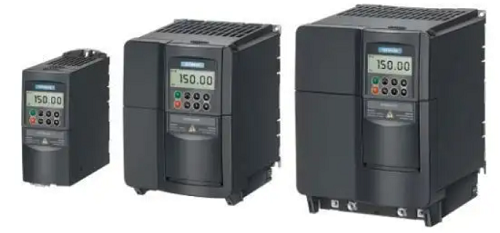 202212-29
202212-29Notes on the use of Siemens frequency converter
1. The output line side of Siemens frequency converter cannot be shunt to compensate the capacitor, nor can the capacitor be shunt in order to reduce the high harmonics of the output voltage of the fr···
-
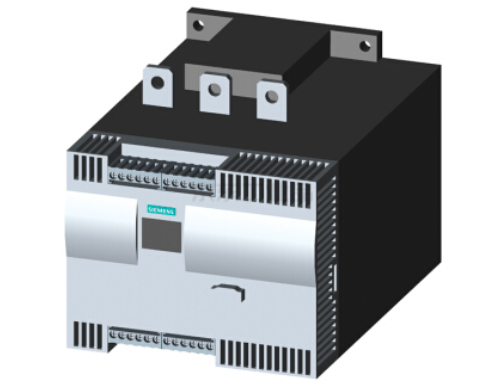 202302-06
202302-06Siemens Soft Starter 3RW44 can self-reset can be fault
Not all faults can be self-reset. The faults that can be self-reset are as follows (The method of self-reset is to set the corresponding parameters in the menu of the LCD screen) :1) Motor thermal mod···



 +8618621383628
+8618621383628 +8613811814778
+8613811814778 info@zhongpingtech.com
info@zhongpingtech.com Building 26, Liyuan Community, Chaoyang District, Beijing, China
Building 26, Liyuan Community, Chaoyang District, Beijing, China